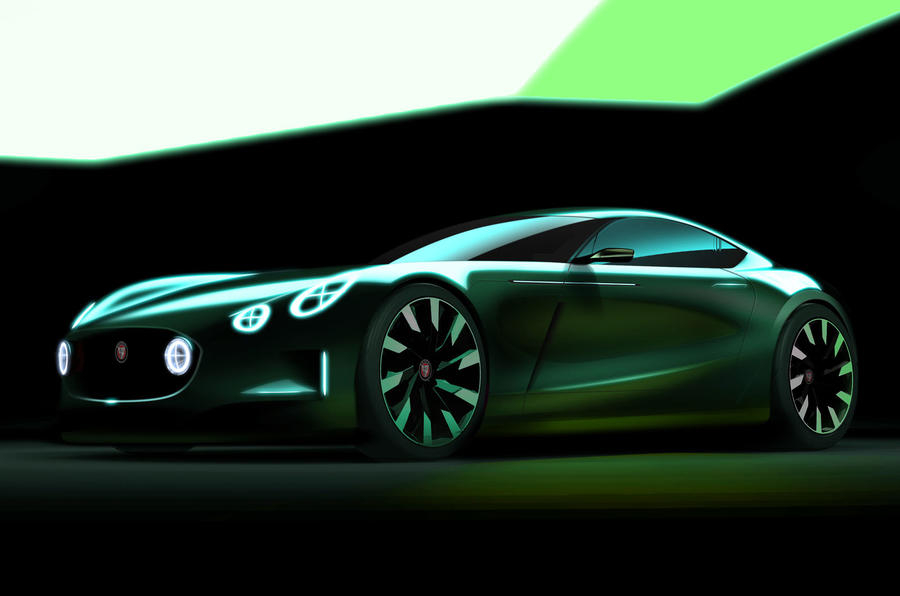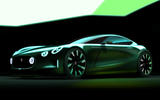We’ve just become the guardians of Bristol Cars’ name and heritage. Well, not really, but notionally.
We’ve done it to enjoy the process of creating an important car from scratch – without risking a penny on production or marketing but using a convenient, venerable heritage to guide us to a modern product. The real Bristol Cars business was liquidated by court order late last year, so no car production is remotely likely, at least for a while. But the company’s name is still an asset, and someone somewhere may one day use it. For the want of hard news about that, we’ve decided to create a Bristol of our own.
We’ve assembled a tight, talented team for this task of renewal. First, we’re tapping into the distilled imaginings of the Autocar and Classic & Sports Car teams, who have driven a score of old-time Bristols between them and are attracted to the idea of finding a future for this quirky British marque.
Second, we’re using the fertile imaginings of Autocar’s own Coventry-trained car designer, Ben Summerell-Youde, who draws dozens of cars every year but rarely gets to do one of his own.
Third, we’ve drawn on the baked-in Bristol knowledge of Richard Hackett, the world’s most prolific seller of Bristols. At this moment, his SLJ Hackett emporium in Warminster can offer more than 50% of the world supply of Bristols awaiting new owners, with its stock ranging from original 400s to a last-hurrah V10 Fighter made in the early 2000s. Hackett recently acquired a few unfinished Fighter chassis and can build you a new one if you’re rich enough and prepared to wait.
Fourth and most important, we have access to the know-how of David Brown, founder of Silverstone-based David Brown Automotive. He knows exactly how to go about creating a rare, luxurious ‘gentleman’s grand tourer’, because he’s done it. His super-exclusive Speedback GT sells successfully around the world to clients who love quality and exclusivity and reject obvious choices.
THE BRISTOL BASICS
Our car must be, even in this age of equality, a true “gentleman’s express” – the description coined many years ago by Anthony Crook, Bristol’s gently eccentric owner for the golden years of its 75-year life. Bristol made a saloon and a few dropheads but, to be true to type, we reckon our new car must be a fast, plush, front-engined, rear-wheel-drive, four-seat, two-door coupé of 4.5 to 4.7 metres in length, more luxurious than sporty in driving character and hand-built in Britain. It needs a sumptuous but not sprawlingly spacious rear in which two people must be snugly accommodated.



























Join the debate
Add your comment
The interior needs to conform
The interior needs to conform to those of the GTs of old; the Jensen Interceptor, the Gordon-Keeble, the Bristol Blenheim; by taking styling cues from them. It should have piped leather, EYEBALL VENTS for the air conditioning, an array of analogue gauges, and of course, the Bristol hallmark threaded leather as the glovebox handle, which served to pay homage to the work of hand craftsmen.
To me this too sporty looking
To me this too sporty looking to be a Bristol, Bristols were elegant 2 door saloons, a slightly racier Rolls Royce Corniche, but not aggressive or sporty looking. The sort of car a 60 year old aristocrat would drive
How I’d do it:
Go to BMW who have history of these types of relationship with not only Bristol but also Morgan, Weismann, Alpina etc. and propose a JV: BMW have had great success with both Mini at the bottom and Rolls-Royce at the top but they have a howling gap in their market coverage below RR. The Ghost starts at c.£200k and the BMW brand demonstrably can't support prices over c.£100k (£25k off an M8 available from brokers already).
With access to the CLAR architecture and M Power drivetrains you could create an M8 based genuine Continental GT rival with 4WD, 600bhp for c.£150k entry point and reestablish the Bristol brand as a genuine luxury contender courtesy of first rate engineering and a stunning interior and exterior design courtesy of Pininfarina, Touring, Bertone or someone similar.
Then having resetablished the brand the real money comes when you do what VW did with their newly acquired Bentley brand in 2003 by bringing it (slightly!) downmarket and into range of a far larger group of potential buyers with an M4 based model at £90k+ three years later. Lo and behold you have a viable Bristol and BMW have a brand covering the c.£100-200k market they so badly need.
Nickktod wrote:
This sounds like a plan.